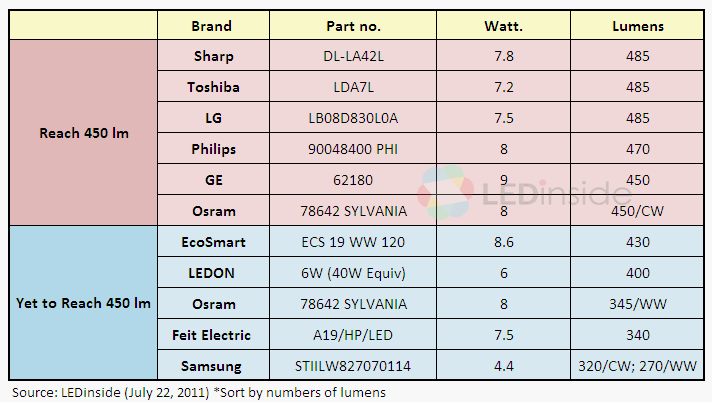

Figure.7: Illuminance Please refer to Figure.7 Suppose a,b, and c have the same area (1m 2). (unit:Lux,lx) Illuminance can be considered the Flux within one square meter. For the whole kitchen, it is 108 lux, and for the counter (detailed tasks) – 538 lux 538\ \text n 2 = 200 1291 → 7 bulbs Illuminance is the Luminous Flux per uni t area of incident radiation away from the light source. Let's say you're planning the lighting for your kitchen, including the kitchen counter.Ĭheck the optimal lighting level. Lastly, input the distance from the source of light to the surface receiving the light to find either lux or candela.Choose the area of the house that you want to illuminate.It is more difficult to calculate the Luminous Flux. At that frequency, the luminous efficacy is one. Then enter a value for lux or candela, whichever is known to you. The luminous flux is the portion of power seen as light by the human eye, and the value 683 lumens/watt is based on the eye’s sensitivity at 555 nm, the highest efficiency of the photopic (daylight) vision curve.First, remove the value entered for the source radiation angle.So aside from being a candela or lux to lumen calculator, this tool also works as a lux to candela calculator. That is for the direct conversion from lux to candela or vice versa. You might be wondering what the variable distance from the source is for. Upon doing these steps, you will already see the equivalent luminous flux of the values you entered on our tool. Type in the area of the surface that will receive the light.You can also change the illumination units like kilolux, mircrolux, or footcandles, to name a few other units available in our tool. On the other hand, to use this tool as a lux to lumen calculator:

Our tool has a default value of 360° that you can change to any angle you like. Input your light source radiation angle or apex angle.Enter your known value of candela on our calculator. Lumen is a unit of measure for luminous flux, which is the total amount of visible light (within approximately 0.4 to 0.7 µm wavelength) a light source emits.Other than the luminous flux, we also use other photometry quantities to describe the brightness of a light source.

To use this tool as candela to lumen calculator: To learn Lambert’s cosine law, its application, and derivation of luminous flux, please visit BYJU’S. In the next section of this text, let's discuss the relationship of these photometry quantities using equations and some more examples. Lambert’s cosine law is based on diffuse reflection and has applications in day-to-day life. That said, we measure luminous intensity in units of lumen per steradian (lm/sr) or in candela (abbreviated as cd). That angular span is a two-dimensional angular range we measure in steradians (sr). Luminous intensity is amount of light emission in a particular angular span. So to calculate intensity, you would also need a graph of where that flux goes vs angle, as well as an angle from the LED you wish to get intensity for. The last photometry quantity on our list is luminous intensity. In addition, luminous intensity (units of candela, or in your case millicandela) is actually flux per solid angle, and your data sheet only gives total flux/power values. We can also use lux as its unit of measure, where 1 lux equals 1 lumen per square meter. The illumination that the surface receives is equal to 10 lumens per 2 square meters or 5 lumens per square meter (or lm/m²). Let's say a light source emits a luminous flux of 10 lumens to a surface with an area of 2 square meters.
#LUMINOUS FLUX PHYSICS CALCULATOR DOWNLOAD#
Illuminance (or illumination) is the amount of luminous flux that a particular surface can receive. Download Calculator Light Intensity Calculator The inverse square law of light defines the relationship between the irradiance from a point source and. In this text, we'll also cover illuminance and luminous intensity and their relationship with luminous flux. Other than the luminous flux, we also use other photometry quantities to describe the brightness of a light source. The illuminance E v in lux (lx) is equal to 10.76391 times the luminous flux V in lumens (lm) divided by the surface area A in square feet (ft 2): E v(lx). And the luminous flux is the measure of the total light output of a luminous source. Lumen is a unit of measure for luminous flux, which is the total amount of visible light (within approximately 0.4 to 0.7 µm wavelength) a light source emits. The SI unit of Luminance is candela per square meter (cd/m2).


 0 kommentar(er)
0 kommentar(er)
